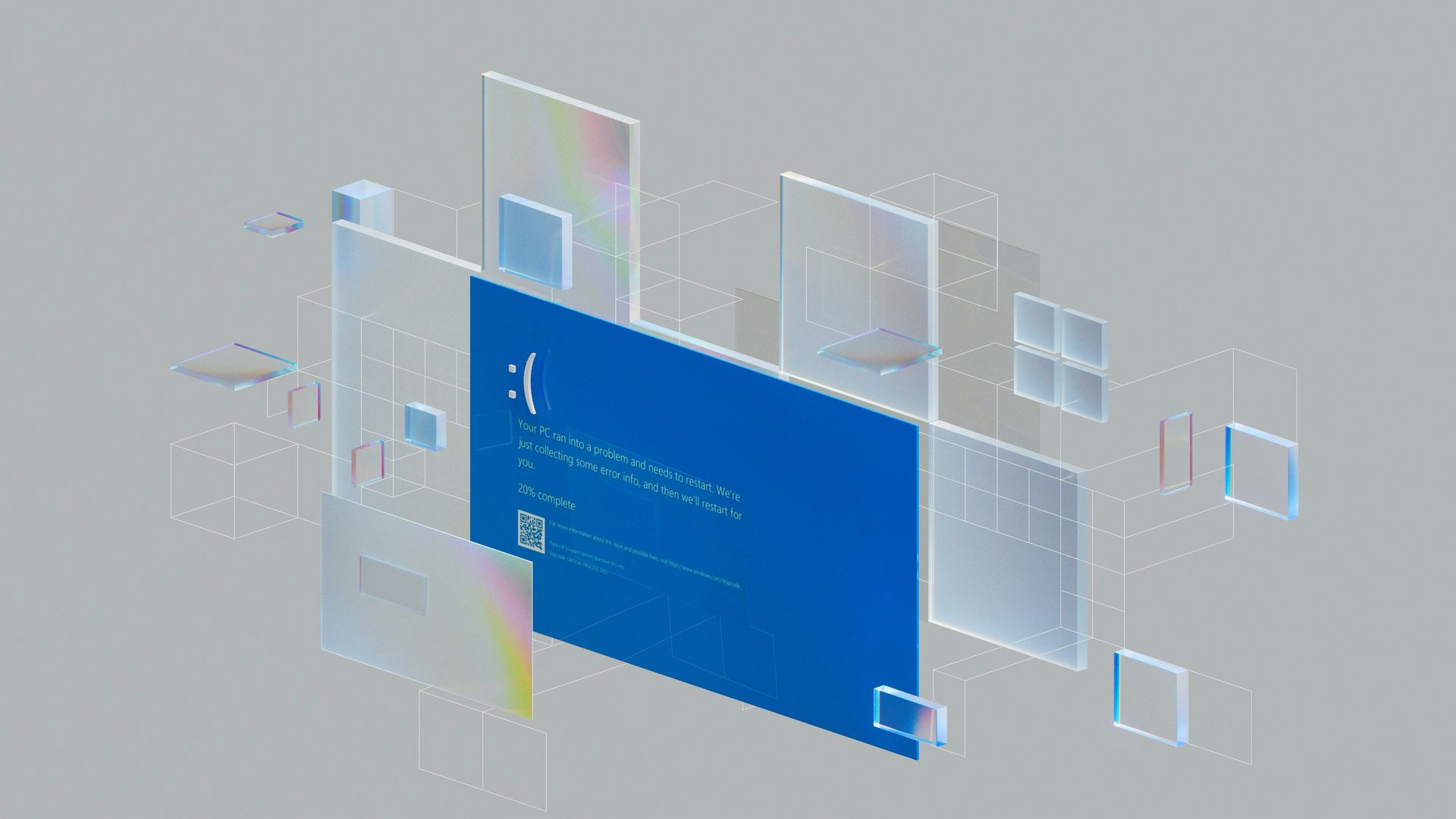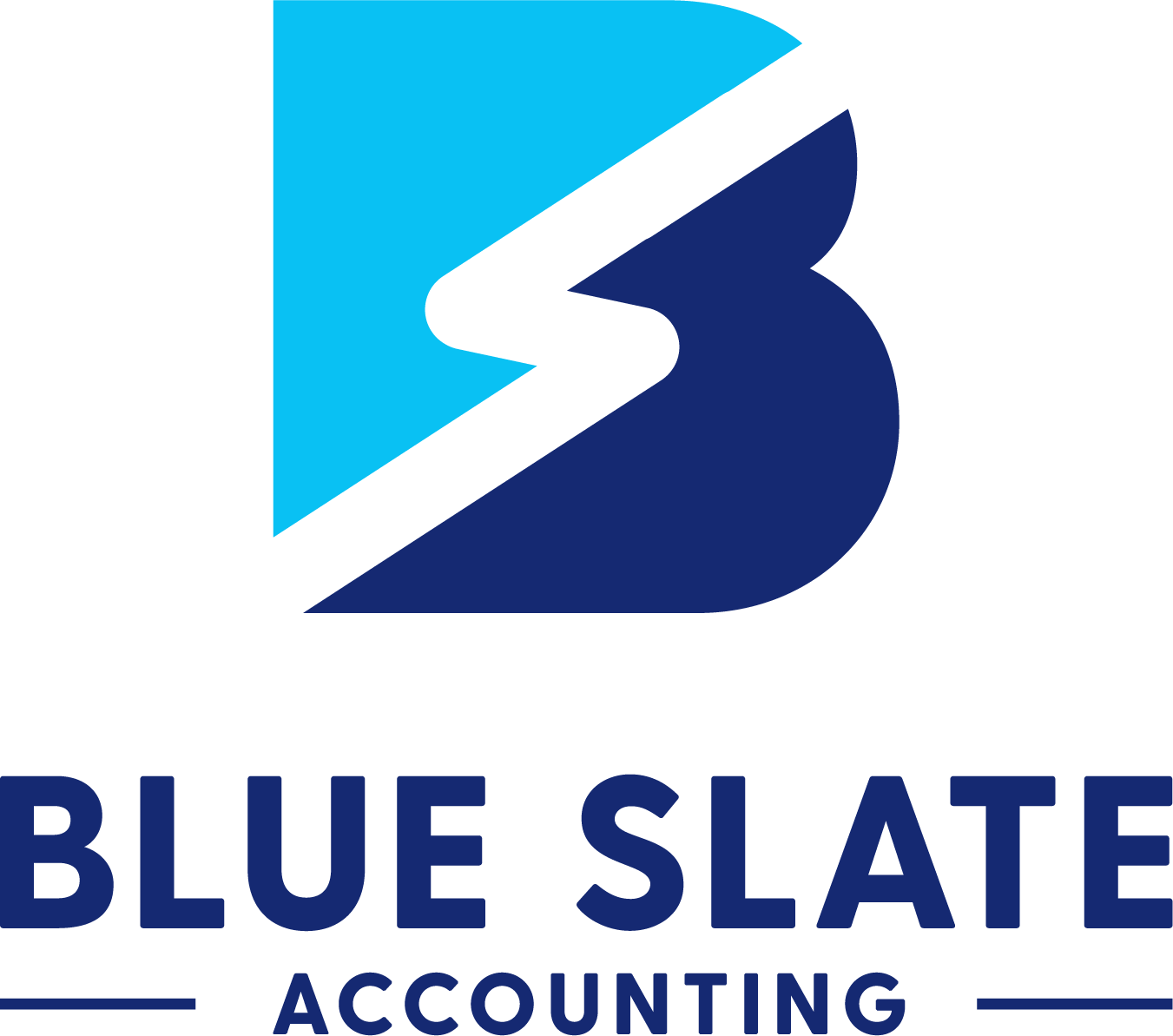Tired of Late Paying Clients?
Cash flow is an important part of keeping the doors open for any size business. With many small businesses running on tighter budgets, it is more important than ever to have a handle on your accounts receivable. There are techniques you can use to help better manage your cash flow
Consistency in invoicing can help a small business owner maintain a steady stream of income. Think about the clients who only write checks monthly or twice a month. When bills come due do you write out a check the second you open it up and send it, or like most people do you prioritize which checks get sent out when? These things all play into when a small business may pay their invoice.
Ease of payment is often a factor when companies are paying an invoice. Electronic payment is often easier than writing a check and putting it in the mail. In the fast paced world we live, many consumers want ease of access. If they can log in and make a payment or send an electronic payment they are often more willing to do it on the spot. Collecting electronic payments and credit card payments does mean that you will incur a small fee. These fees are usually minimal but you may see a decrease in outstanding invoices. As a business owner, you need to make a decision if the cost of the fees is worth having quicker payment.
The terms on the invoice can also affect when you receive payment. Are invoices due on receipt, net-15, net-30 or net-45? As a business owner you cannot expect someone to make a payment before it is due. When paying your own bills you prioritize ones that need paid immediately with ones that may not need paid for a few weeks. By making your invoice term net-15 or net-30 you ensure that you get the quickest response. Larger clients typically won’t pay on receipt, so each client may be different in their payment term negotiation.
When sending an invoice, are you catching clients in the middle of their payment cycle? Often companies have set dates or days in which they pay current invoices. If they receive your invoice after their processing cycle, it may be put on the pile for the next payment cycle and this will delay your payment. Consider asking companies if they have a desired date they wish to receive invoices so that you can be sure to hit their payment cycle correctly.
If you notice that a particular client is consistently late with payments, or is always running one or two invoices behind, it may be time to look at your options. Maybe the client is going through a difficult time and make a decision to still work with that client. Perhaps offering an early pay discount may help to expedite payment. Or, you may find it is simply time to move on, collect past due monies and choose not to work with them anymore.
When waiting to receive payment for the work you have done, keep in mind deciding factors that you use when paying your own bills. Ease of access, invoicing at the right time in a client’s payment cycle, and having the right invoice term length are all actions you as a business owner can take that may help to improve your cash flow.










Take the first step towards outsourced accounting & tax help!
Contact
(724) 359-5022info@blueslateaccounting.com
Address
642 W. New Castle StZelienople, PA 16063 United States
Privacy Policy | Web Design by Vendilli Digital Group
